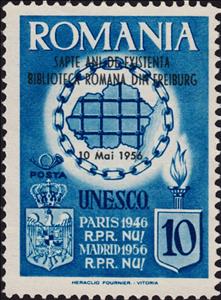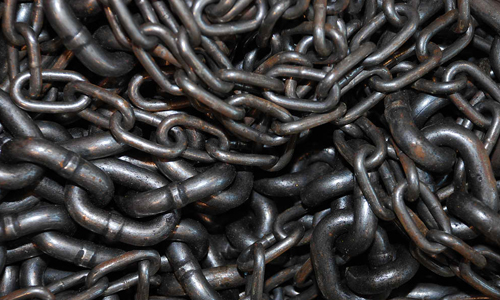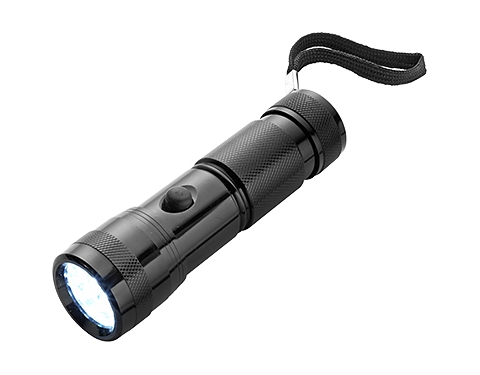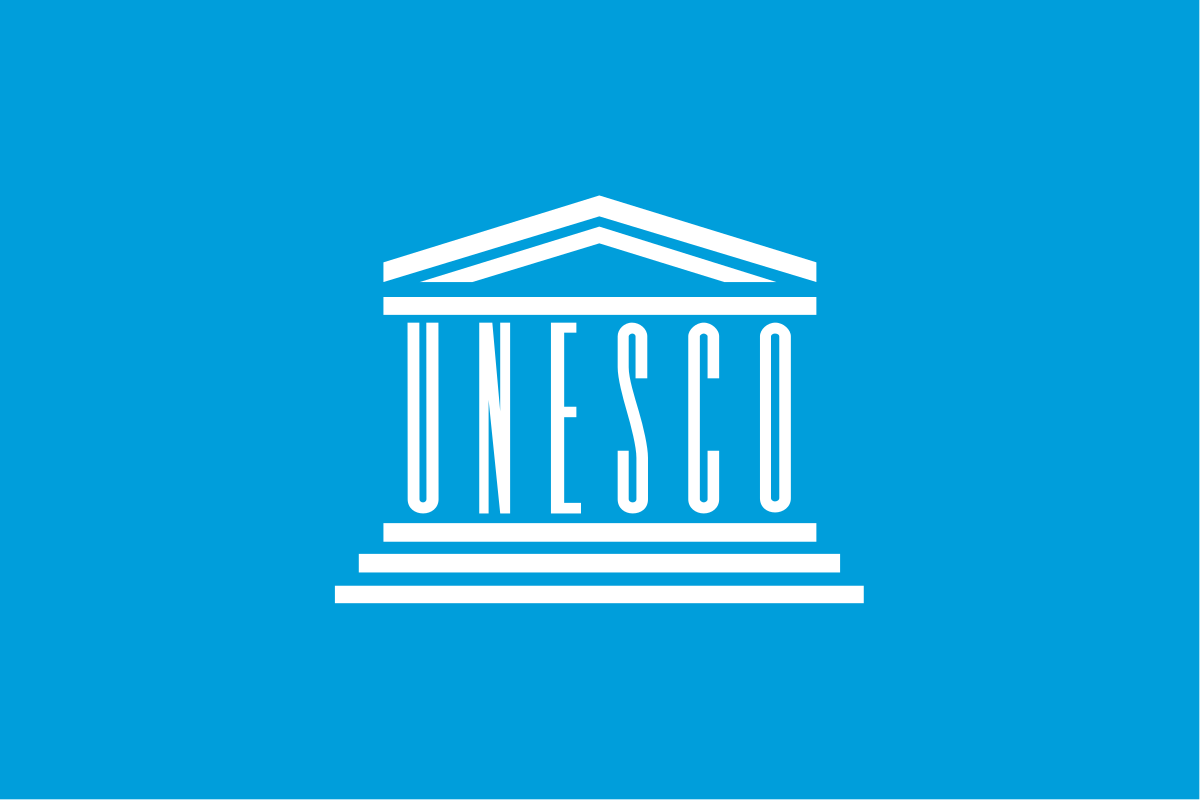Stamp: UNESCO (Overprint in black) (Cinderellas 1956)
UNESCO (Overprint in black) (Cinderellas 1956)
10 May (Cinderellas ) within release Romania goes into circulation Stamp UNESCO (Overprint in black) face value 10 Romanian ban
| Stamp UNESCO (Overprint in black) in catalogues | |
|---|---|
| Colnect codes: | Col: RU 1956-04 |
Stamp is vertical format.
Overprinted to commemorate the Romanian library in Freiburg's seventh year.Also in the issue Romania:
- Stamp - UNESCO (Overprint in black) face value 10;
- Stamp - UNESCO (Overprint in black) face value 10;
- Stamp - UNESCO (Overprint in black) face value 10;
Stamp UNESCO (Overprint in black) it reflects the thematic directions:
A chain is a serial assembly of connected pieces, called links, typically made of metal, with an overall character similar to that of a rope in that it is flexible and curved in compression but linear, rigid, and load-bearing in tension. A chain may consist of two or more links. Chains can be classified by their design, which can be dictated by their use
A coat of arms is an heraldic visual design on an escutcheon (i.e. shield), surcoat, or tabard. The coat of arms on an escutcheon forms the central element of the full heraldic achievement which in its whole consists of shield, supporters, crest, and motto. A coat of arms is traditionally unique to an individual person, family (except in the United Kingdom), state, organisation or corporation.
A map is a symbolic depiction emphasizing relationships between elements of some space, such as objects, regions, or themes. Many maps are static, fixed to paper or some other durable medium, while others are dynamic or interactive. Although most commonly used to depict geography, maps may represent any space, real or imagined, without regard to context or scale, such as in brain mapping, DNA mapping, or computer network topology mapping. The space being mapped may be two dimensional, such as the surface of the earth, three dimensional, such as the interior of the earth, or even more abstract spaces of any dimension, such as arise in modeling phenomena having many independent variables. Although the earliest maps known are of the heavens, geographic maps of territory have a very long tradition and exist from ancient times. The word "map" comes from the medieval Latin Mappa mundi, wherein mappa meant napkin or cloth and mundi the world. Thus, "map" became the shortened term referring to a two-dimensional representation of the surface of the world.
A torch is a stick with combustible material at one end which can be used as a light source or to set something on fire. Torches have been used throughout history, and are still used in processions, symbolic and religious events, and in juggling entertainment. In some countries, notably the United Kingdom and Australia, "torch" in modern usage is also the term for a battery-operated portable light.
The United Nations Educational, Scientific and Cultural Organization (UNESCO; pronounced /juːˈnɛskoʊ/) is a specialized agency of the United Nations (UN) with the aim of promoting world peace and security through international cooperation in education, arts, sciences and culture. It has 194 member states and 12 associate members,as well as partners in the non-governmental, intergovernmental and private sector. Headquartered in Paris, France, UNESCO has 53 regional field offices and 199 national commissions





